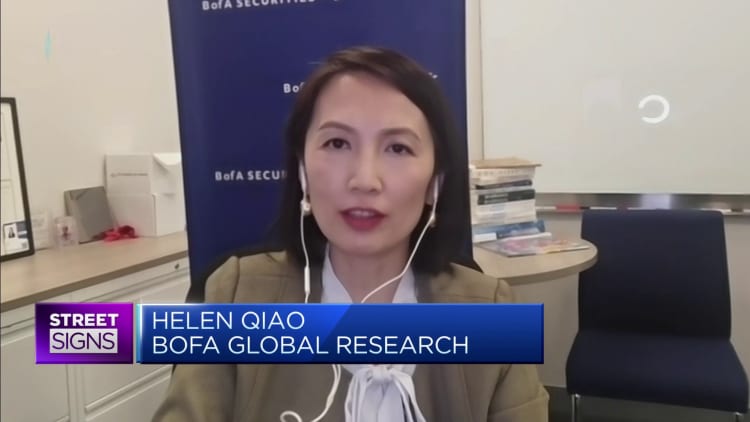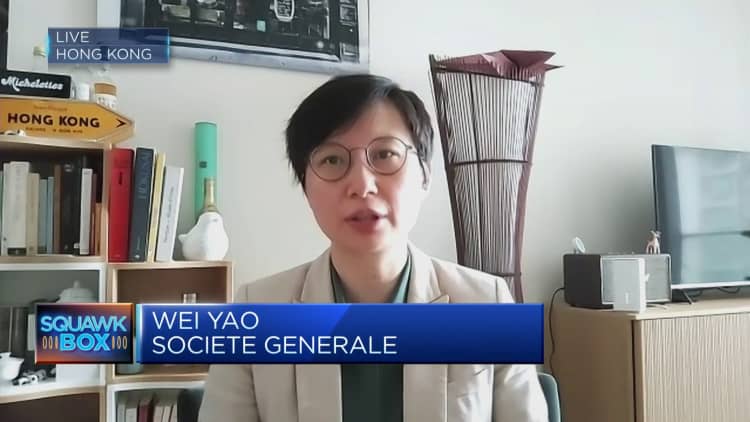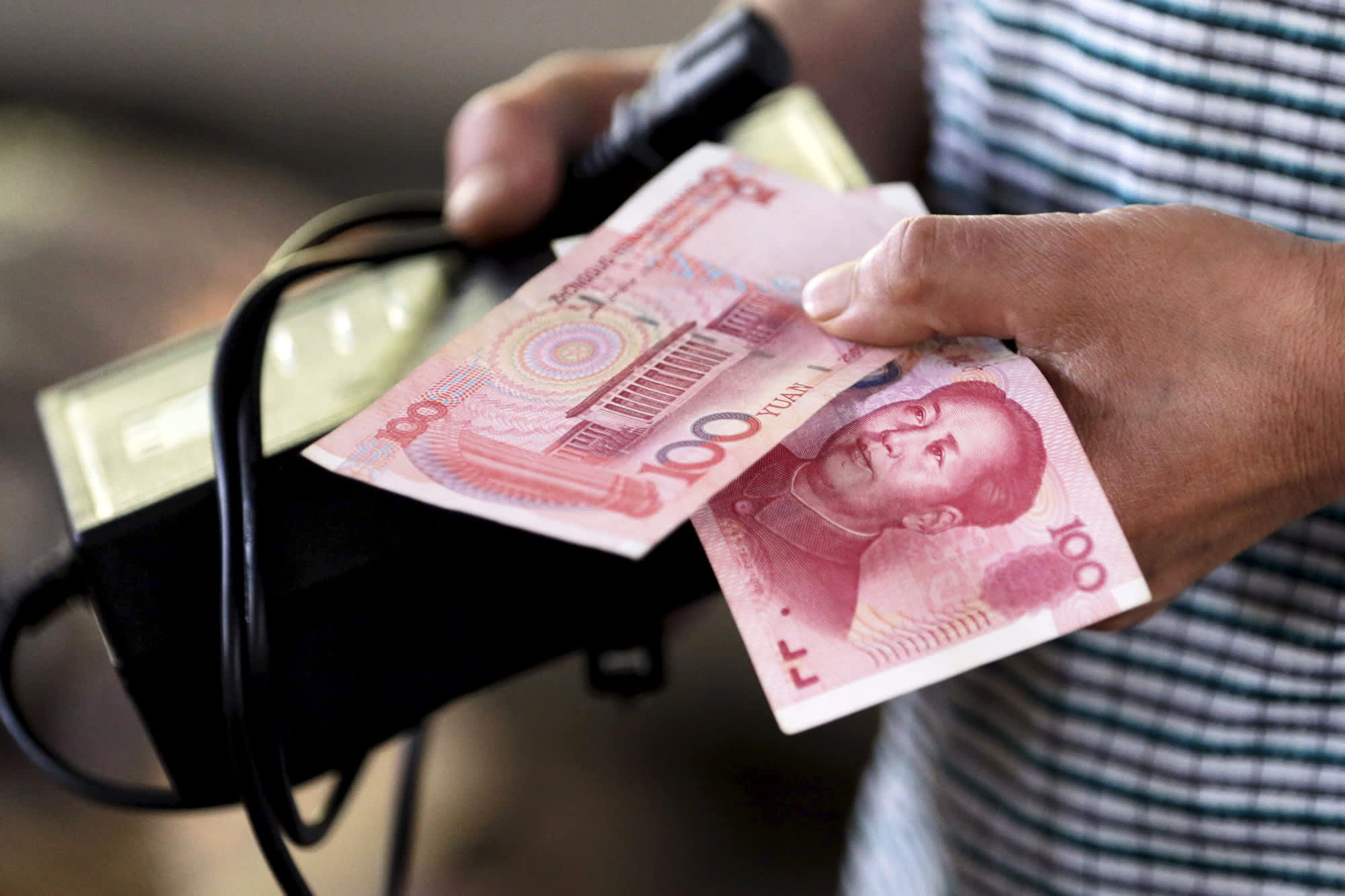

A raft of weak Chinese economic data in May has raised hopes of decisive policy intervention.
Market watchers are anticipating the next steps from China’s State Council and a Politburo meeting in July, during which the Communist Party’s top brass will review the country’s economic performance in the first half of the year.
China’s National Statistics Bureau warned Thursday of “mounting pressure … in domestic structural adjustment” in the world’s second-largest economy. A slew of economic data from industrial production and fixed asset investment to retail sales and trade fell short of expectations, with China teetering on the brink of deflation as its post-pandemic economic recovery stalls.
“I think they are probably considering an overall kind of stimulus package at the moment to boost not only investment, but also consumption using measures such as interest rate cuts,” Bank of America’s chief China economist Helen Qiao told CNBC Thursday.
“At the same time, they probably are considering [a] consumer voucher program and thinking about increasing the fiscal deficit in making fiscal policy more expansionary,” she added. “But that said, a lot of these need to be prepared and then rolled out. It’s not something readily available.”
Rate cuts merely a start

Economists considered both moves this week to be largely symbolic, but they underscore the urgency of the situation.
“Weak investments data suggest that authorities are unlikely to stop at the monetary easing we saw this week,” Oxford Economics’ lead economist Louise Loo wrote in a note after Thursday’s China data release.
She cited examples such as the 7.2% drop in cumulative property investment in China in the first five months this year — a faster rate than the 6.2% decline recorded in the January-April period.
A job fair in China’s southwestern city of Chongqing on April 11, 2023. Unemployment among young people aged between 16 and 24 hit another record in May at 20.8% — four times the urban jobless rate for people of all ages at 5.2%.
Str | Afp | Getty Images
“This suggests that while investments had been state-led so far, it has not been effective in crowding in private investments or lifting overall business sentiment,” she added.
“We therefore continue to expect announcements of further ‘piecemeal’ property sector easing measures to follow in the coming weeks,” Loo wrote.
“And these could entail a further easing in home purchase restrictions, a more aggressive policy push for public housing, and supporting the funding conditions of property developers.”
Consumption and employment
Unemployment among young people aged between 16 and 24 hit a fresh record high in May at 20.8% — four times the urban jobless rate for people of all ages at 5.2%.
Goldman Sachs economists said last month that getting young people back to work would give China’s economic recovery a sizable boost, given that they account for almost 20% of consumption in China.
Retail sales, a key gauge of consumer confidence, climbed 12.7% in May, missing consensus expectations for 13.6% growth and slowing from April’s 18.4%.
“Consumption is still a late cycle variable for China, one that comes down to business cycle changes,” Bank of America’s Qiao said. “In other words, consumers have to wait until they get better job security and income expectation, and then they [will be] comfortable to spend more.”
While youth unemployment is a structural issue, economists say there’s scope for more policy stimulus to resolve cyclical issues in the shorter term.
“At the moment, if you are look at CPI inflation and also profit/loss making in the corporate sector as well as the labor market, I don’t necessarily think there is any other explanation but cyclically speaking, we have a very large output gap,” said Qiao.
Output gap refers to the difference between an economy’s actual output and its potential output at full capacity.
“Policy stimulus are well warranted and have to be rolled out to get out of the blues, to boost the economy back to its long term potential level,” she added.


